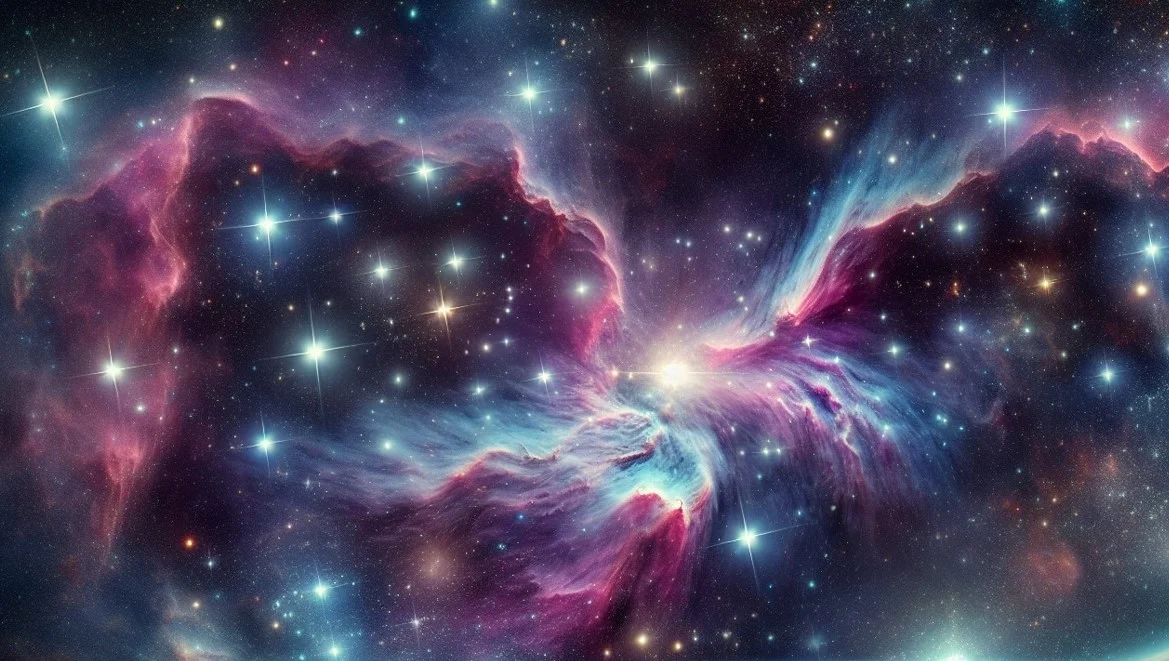An international team of astronomers has discovered a previously unknown source of dust in the universe. This discovery could potentially revolutionize the understanding of the formation of stardust and its materials. Stardust plays an important role in the universe as the building material of all objects, including Earth and other planets. However, the formation mechanisms and composition of this dust still remain a mystery to astronomers.
Researchers were able to determine the causes of stardust by observing a special type of supernova interacting with gas from its surroundings. Supernovae are explosions that occur in the final stages of the life of some stars. Of particular interest to researchers are type Ia supernovae that occur in binary star systems.
Astronomers studied supernova Ia, named SN2018evt, for three years after its explosion. It is located in a spiral galaxy approximately 300 million light-years away from us. This supernova is one of the most reliable “dust factories”. The study used data from various space telescopes, including the Spitzer and NEOWISE missions, as well as ground-based telescopes in various parts of the world.
Previously, scientists had focused on the search for such “dust factories” in type II supernovae, which occur as a result of the collapse of the cores of massive stars. However, new observations have shown that consideration of type Ia supernovae is a promising direction.
Professor Hayley Gomez, Head of the School of Physics and Astronomy at Cardiff University, who co-authored the study, said: “This study by astronomers from different countries combined the efforts of several telescopes to monitor a rare astronomical event – the explosion of a young star next to a very old, dead star.” “We studied Type Ia supernovae. The huge shock wave caused by this explosion creates a new pile of cosmic dust.”
Professor Gomez emphasized that the amount of dust formed after the explosion of supernova SN2018evt turned out to be surprising for researchers. In total, 1041 days after the event, the dust mass reached 1% of the mass of our Sun. This provides an explanation for the large amounts of dust in some elliptical galaxies. This discovery opens new perspectives for understanding star formation processes and the composition of stardust.













